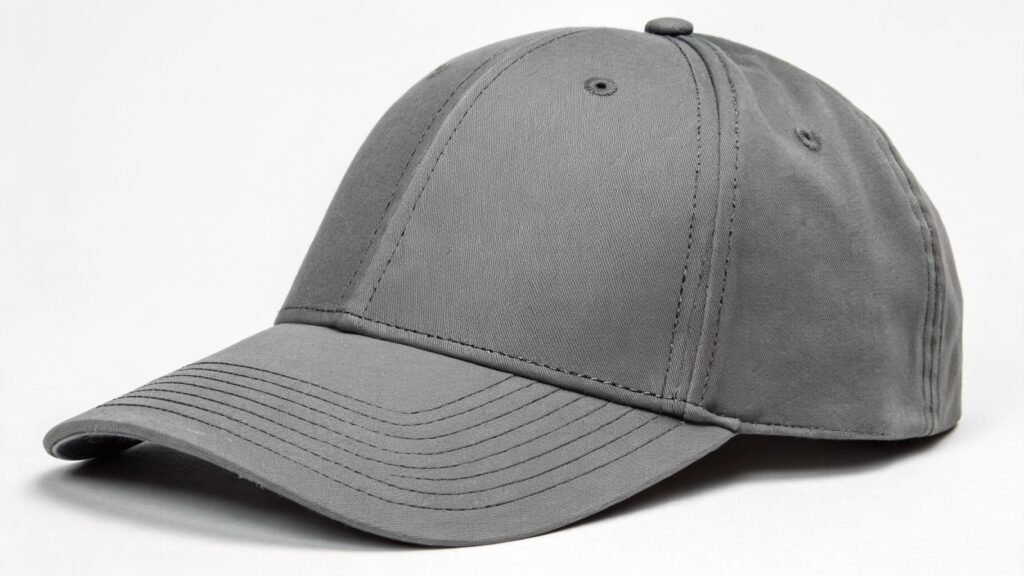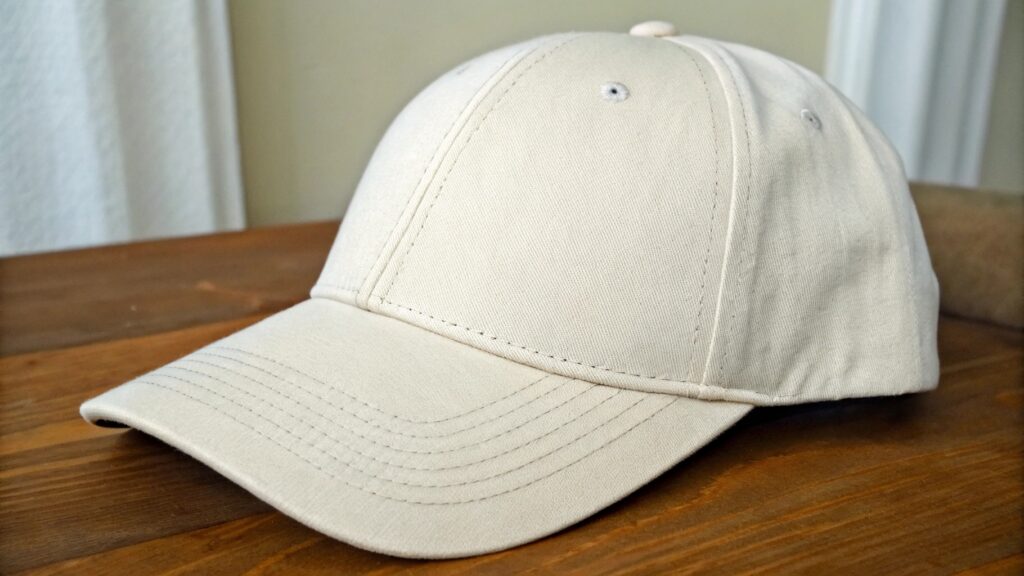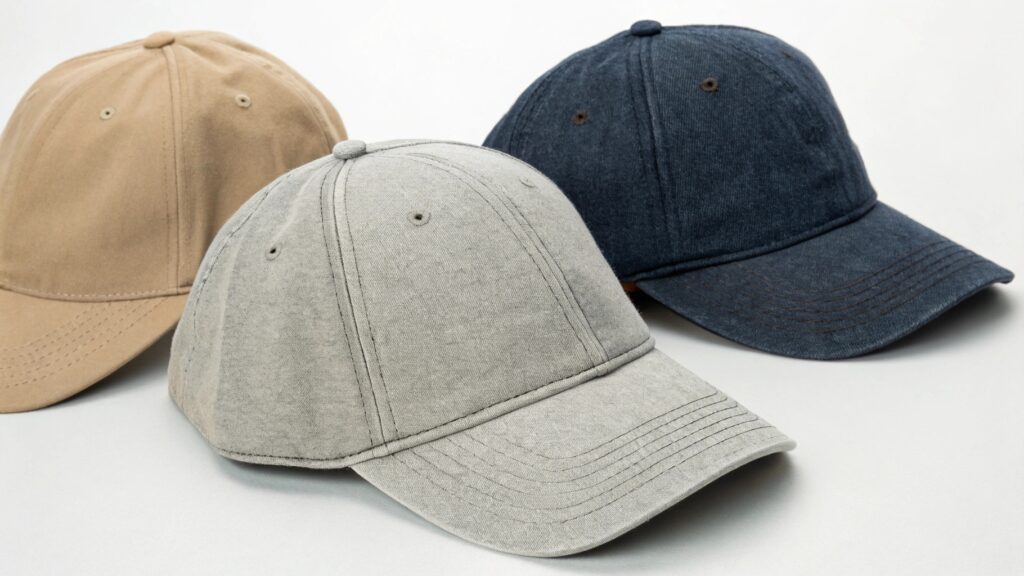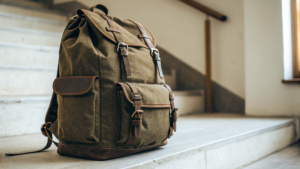What Fabric Is Used for Baseball Caps, and Why Does It Matter?
Ever wonder what makes a baseball cap feel just right? It is all about the fabric. The material defines how a cap looks, feels, and performs.
Baseball caps are made from a variety of fabrics, including cotton, polyester, wool, and various blends. The choice of material affects the cap's comfort, durability, breathability, and overall style, making it crucial for both function and fashion.

When I first started in the printing factory, I quickly realized that the material of an item was not just a small detail. It was everything. For baseball caps, the fabric is where the true identity begins, telling a story about what the cap means and how it will be used.
What Fabric is Used for Baseball Caps?
Have you ever picked up a cap and just felt its quality? The fabric is the secret. It is not just about what covers your head. It is about how it feels and performs.
The fabric used for baseball caps1 varies widely, including common materials like cotton, polyester, and wool, as well as modern blends and technical fabrics. Each material brings distinct properties to the cap, influencing its breathability, durability, and aesthetic appeal.

I have always believed that form follows fabric. The difference between a soft cotton twill cap and a high-performance polyester2 one is huge. It is about how the cap feels and how it fits into your life. Cotton offers a relaxed look. It breaks in over time. Polyester holds its shape and resists shrinking. It is great for athletes or outdoor work. Wool, a classic choice, offers warmth and a vintage feel.
Different Fabrics, Different Feels
The material of a baseball cap dictates its tactile experience, its visual appeal, and its functional properties. Understanding these differences helps in choosing the right cap for the right purpose.
| Material | Characteristics | Ideal Use Case | Pros | Cons |
|---|---|---|---|---|
| Cotton | Soft, breathable, natural fiber. | Everyday wear, casual outings, promotional events. | Comfortable, breathable, classic look. | Absorbs sweat, can fade, may shrink. |
| Polyester | Durable, moisture-wicking, retains shape, synthetic. | Sports, active wear, outdoor activities, performance. | Dries quickly, resists wrinkles, durable. | Less breathable, can feel synthetic. |
| Wool | Warm, structured, vintage feel, natural fiber. | Cooler weather, classic styles, formal casual wear. | Warm, retains shape, traditional look. | Can be itchy, may shrink, heavier. |
| Blends | Combines properties of different fibers (e.g., poly-cotton). | Versatile use, balancing comfort and performance. | Balances pros of different materials. | Properties depend heavily on blend ratio. |
| Nylon | Lightweight, water-resistant, quick-drying. | Outdoor activities, rainy conditions, modern designs. | Lightweight, water-resistant, very durable. | Less breathable, can be noisy. |
| Mesh | Excellent ventilation, often used for back panels. | Hot weather, athletic caps, trucker hats. | Highly breathable, lightweight, good airflow. | Less protective, can look less formal. |
In my experience, each fabric choice subtly reflects an intention. A washed cotton cap says easygoing. A structured polyester cap suggests precision. A sustainable hemp blend broadcasts eco-conscious values. Just like sneakers, caps are part of a wearable language. Fabric is its grammar.
What are Most Baseball Hats Made Of?
Do you know what material makes up the majority of baseball caps you see? It is a mix, but some materials really stand out.
Most baseball hats are commonly made from cotton, especially cotton twill3, due to its comfort, breathability, and classic appearance. Polyester is also very popular, particularly for performance-oriented caps, because of its durability and moisture-wicking properties.

I have handled countless caps in my career. I can tell you that cotton and polyester dominate the market. Cotton offers that familiar, soft feel. It breathes well. Polyester is the workhorse. It stands up to wear and tear.
Why Certain Materials Dominate the Market
The popularity of specific materials in baseball cap manufacturing is driven by a combination of comfort, cost-effectiveness, and functional benefits that appeal to a broad consumer base.
| Material | Reason for Popularity | Key Advantages | Typical Cap Styles |
|---|---|---|---|
| Cotton | Classic feel, natural comfort, widely available. | Soft, breathable, easy to print on, ages well. | Dad hats, classic fitted caps, casual adjustable caps. |
| Polyester | Performance benefits, durability, versatility. | Moisture-wicking, retains shape, colorfast, good for active wear. | Sport caps, performance hats, structured snapbacks. |
| Blends | Combines best features, balances cost and performance. | Offers a mix of comfort, durability, and aesthetic options. | Versatile across many styles, custom promotional caps. |
| Wool | Traditional appeal, warmth, adds a premium feel. | Durable, good insulation, classic look. | Vintage caps, cold-weather hats, premium fashion caps. |
When I established Latitude, my goal was to help businesses elevate their brand. Knowing which material suits which brand message is key. A brand focused on outdoor adventure might choose polyester. A lifestyle brand might lean towards cotton. The material choice is part of the brand story.
What is the Most Popular Type of Baseball Cap?
Have you ever wondered which baseball cap style reigns supreme? It is often tied closely to the material it is made from.
The most popular types of baseball caps often include the classic "dad hat" made from washed cotton, and structured snapbacks or fitted caps frequently made from polyester or wool blends. Their popularity stems from a blend of comfort, versatility, and enduring style.

I have seen trends come and go in headwear. But some styles, and their materials, just stick around. The "dad hat" is a great example. It is casual, comfortable, and usually made of cotton.
The Appeal of Popular Cap Types and Their Fabrics
The enduring popularity of certain baseball cap types is deeply linked to their construction materials. These materials offer the right balance of aesthetic appeal, comfort, and functionality for various consumer preferences.
| Cap Type | Dominant Material | Why It's Popular | Best For |
|---|---|---|---|
| Dad Hat | Washed Cotton | Unstructured, relaxed fit, vintage look, comfortable. | Everyday casual wear, relaxed branding, vintage aesthetic. |
| Snapback Cap | Polyester, Wool Blends | Adjustable fit, structured crown, streetwear appeal. | Streetwear fashion, team wear, brand promotion with bold logos. |
| Fitted Cap | Wool Blends, Polyester | Custom fit, classic athletic look, premium feel. | Sports teams, premium branding, clean, polished appearance. |
| Trucker Hat | Cotton front, Mesh back | Breathable, casual, distinctive look, good for hot weather. | Outdoor events, casual branding, laid-back style. |
| Performance Cap | Polyester, Technical Blends | Moisture-wicking, lightweight, designed for activity. | Sports, fitness brands, outdoor activities, active lifestyles. |
In the world of corporate gifting, understanding these preferences is vital. Jacky, my client, always looks for high-quality, customizable gifts. He knows that the right material for a cap can elevate his company's brand. He is always looking for eco-friendly options too. The next era of baseball cap material will be about transparency and ethics.
Conclusion
The fabric of a baseball cap is not just a technical choice. It defines its fit, feel, and message. Understanding materials is key to finding the perfect cap.
-
Explore this link to understand the various types of baseball caps and the materials used, enhancing your knowledge for better choices. ↩
-
Learn about the advantages of polyester in baseball caps, especially for performance and durability, making it a top choice. ↩
-
Discover the benefits of cotton twill in cap manufacturing, a popular choice for comfort and style. ↩





